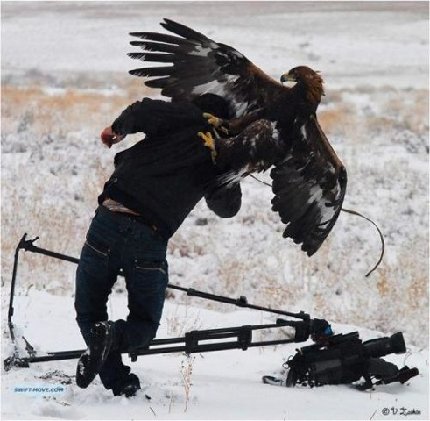I’d like to take the opportunity to thank the person who brought this discussion to the forum, as it is an important one.
P1. We all know the only important thing is what happens next year and in the future, rather than what has happened previously.
P2.I think I am right in thinking that all those involved share the same ultimate goal. In this case a sustainable long term ‘Tern colony’.
P3.I believe I am right in thinking that if the Terns were left to their own devices they would prefer to be left alone without humans landing on the islands and the potential for the introduction of other predators – in particular rats.
P4.It is clear that people would prefer not to leave the terns to their own devices and would like to watch and photograph them. Here lies the dilemma.
P5.It is right that the HKBWS looks at the problem and helps orchestrate a considerate solution. Seabirds have a right to live and breed and share the environment with the rest of us. Unfortunately, they aren’t good at defending their turf against humans – but the turf needs to be defended. As far as I’m concerned they are on the brink of disaster from loss of safe havens to breed , pollution and the detrimental effects on their feeding grounds etc..
P6. The are some basic rules on what is legal regarding disturbance to nesting bird species, who owns the island and who makes the rules on who can land etc..
I haven’t got a clue, but clearly this is a key issue of any policy.
I assume the island is not privately owned and is likely to be government land. In which case probably the Agriculture, Fisheries and Conservation department are the people who are likely to have any real say on the matter.
P7 It would be nice to think that a decision would be taken to maximise the birds success in breeding so that the colony grew and that humans were allowed to watch and photograph the birds from land if possible.
P8. I think professional help should be sought i.e. there are conservationists out there who will have information from other seabird colonies which will guide you on how to manage this situation. There is no need to reinvent the wheel. Large organisations like the IOU, RSPB or IUCN can surely help.
P9. From my naïve prospective, this is likely to result in organised limited access, restrictions on where people can stand to view and a fee for further development ( May be to produce Tern Rafts or extra land for breeding?)
P10. A heavy handed total ban on landing may not be in the long term interests of the tern colony or conservation in Hong Kong in general.
I hope these thoughts help focus attention on a positive way forward rather than dwelling on events that cannot be altered.


Happy Birding.
E
[
Last edited by EricB at 10/02/2012 06:47 ]


